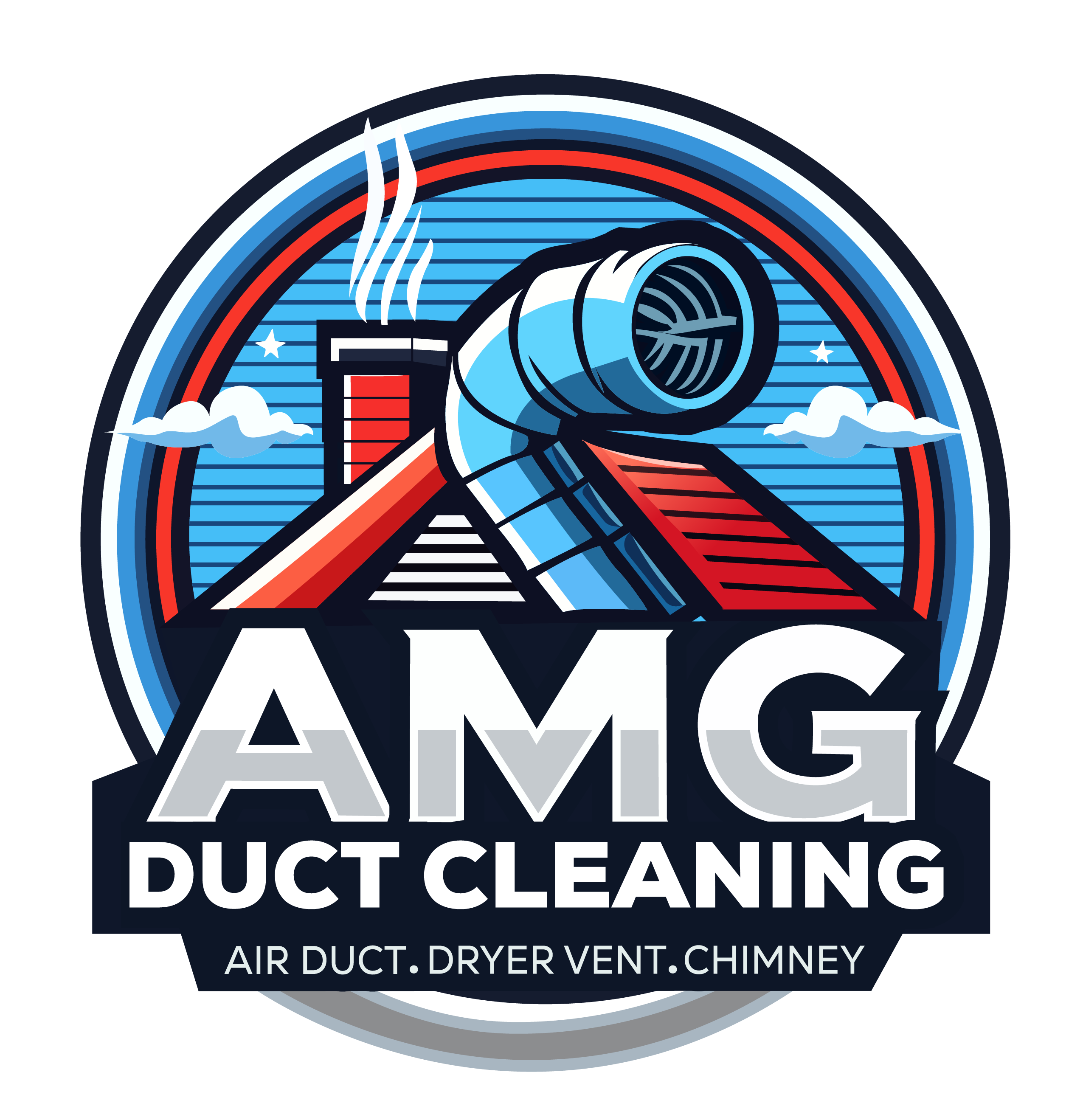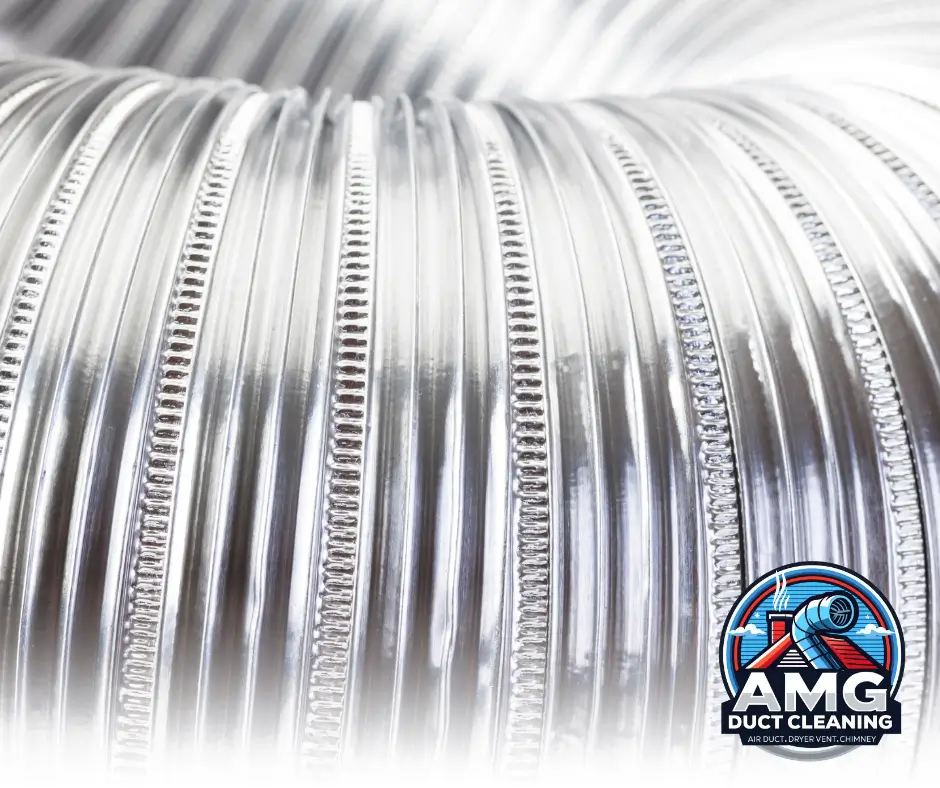If your clothes are still damp after a full drying cycle, it’s not always the machine’s fault. One of the most common and overlooked causes is a clogged vent. Regular dryer vent cleaning isn’t just about fire safety—it’s essential for keeping your appliance working efficiently.
How a Clogged Dryer Vent Affects Performance
When your dryer’s vent is blocked by lint, dust, or even small debris, hot air can’t circulate and escape properly. This reduces dryer airflow, causes clothes to dry more slowly, and forces your appliance to work harder—leading to higher energy bills and potential damage over time.
Dryer vent maintenance not only improves drying times but also reduces the risk of fires and extends the life of your machine.
Signs Your Dryer Vent Might Be the Problem
Here are the most common symptoms of a vent blockage:
- Clothes are hot but still damp at the end of the cycle
- The dryer feels unusually hot on the outside
- Drying time has doubled or tripled
- There’s a musty or burning smell while the dryer is running
- Lint gathers around the lint trap or dryer hose
These are strong indicators that you need a thorough dryer vent cleaning.
How to Check If Your Dryer Vent Is Clogged
You don’t need to be an appliance expert to inspect your vent system. Here’s a simple way to check it:
Step 1: Inspect the Lint Trap
Always start with the lint trap. Pull it out and remove any lint. Shine a flashlight into the slot—if you see lint buildup inside, your airflow is already compromised.
Step 2: Look Behind the Dryer
Carefully pull the dryer away from the wall. Check the vent hose (usually aluminum or semi-rigid ducting) for kinks or signs of lint blockage.
Step 3: Check the Airflow at the Exterior Vent
Turn on your dryer and go outside to locate the exterior vent cap. Hold your hand near the opening:
- If you feel strong airflow, your vent is probably clear.
- If airflow is weak or nonexistent, you may have a blockage deep in the vent pipe.
Step 4: Use a Flashlight or Inspection Camera
For a more thorough inspection, use a flashlight or a small camera to look inside the vent duct. Lint, bird nests, or debris are often the culprits of a blocked system.
How to Fix the Problem
Once you’ve confirmed a clog, here’s what you can do:
- Manual Cleaning: Use a dryer vent cleaning brush kit to dislodge and pull out lint.
- Vacuum Suction: A vacuum hose attachment can help remove fine debris.
- Professional Help: If the vent duct runs through walls or has sharp turns, a dryer vent cleaning service may be needed.
Why Dryer Vent Cleaning Is More Than Just a Chore
Keeping your dryer vent clean isn’t just about efficiency—it’s a safety must. Lint is highly flammable. According to the National Fire Protection Association, nearly 15,000 dryer fires happen annually, mostly due to neglected dryer vent cleaning.
Preventative Maintenance Tips
To keep your dryer performing at its best and reduce risks:
- Clean the lint trap after every load
- Check and clean the vent duct every 6 to 12 months
- Use rigid or semi-rigid ducting for better airflow
- Ensure your exterior vent has a clean, functional cover
Final Thoughts
If your dryer is not drying like it used to, don’t rush to replace the machine. A simple dryer vent cleaning may be all it takes to restore performance, save energy, and keep your home safe from fire hazards. Take the time to inspect and clean your vent—it’s a small effort with big benefits.

